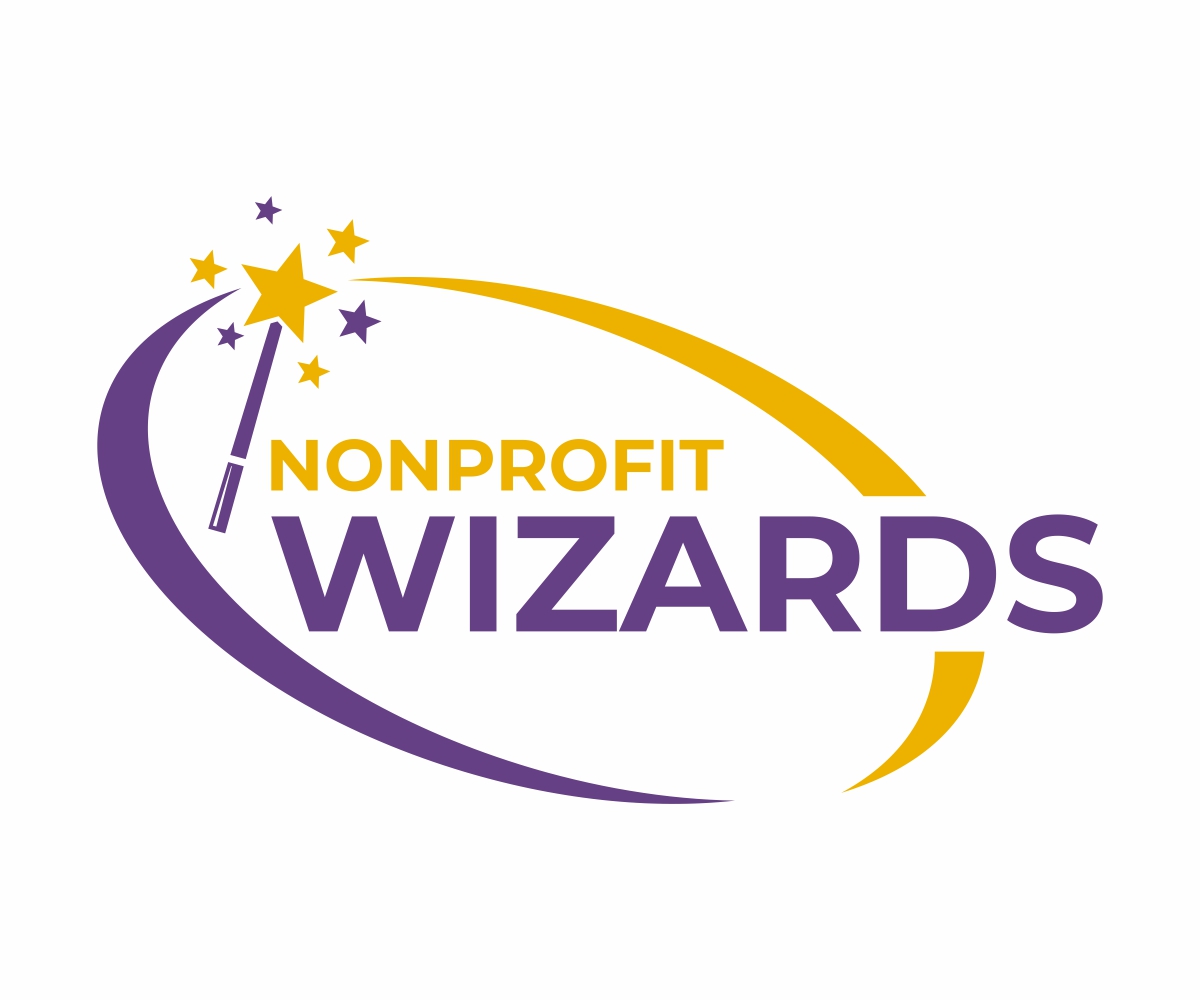***ESTIMATED READING TIME: about 5 minutes***
Would you agree with the following statement?
“Nonprofit Executives should avoid jumping to conclusions.”
Seems pretty reasonable, doesn’t it? We know “knee-jerk” reactions are bad.
We know we should carefully research and study a situation before making a decision.
The only problem is this: you as a human, are hard-wired to jump to conclusions.
Don’t believe me?
Let’s test your conclusion-jumping
Below is a simple test to see if your brain jumps to conclusions.
Answer each question before moving to the next and don’t read ahead. Be sure to make note of your immediate “gut feeling.”
Here we go…
A man plunges a knife into another man’s chest.
- Is he a good guy or a bad guy?
The man holding the knife is a surgeon.
- Is he a good guy or a bad guy?
The second man is a drug dealer.
- Is the surgeon a good guy or a bad guy?
The surgeon is addicted to cocaine, and the drug dealer is attempting to collect on the surgeon’s debt.
- Is the surgeon a good guy or a bad guy?
How’d you do?
With the first statement, you knew the knife plunger was a bad guy. It was an easy conclusion to jump to.
With a tiny bit more information, though, your entire conception of the knife-holder reverses completely. Now he’s a good guy.
Interestingly, notice it doesn’t say the knife is a scalpel.
Your brain knows that surgeons are “good” and scalpels are their tools for good. You jumped to the conclusion that the surgeon was holding a scalpel and doing admirable work. Even though you didn’t have that information.
In fact, the setting probably shifted from a dark alley to a brightly lit surgical suite.
Your brain filled in the missing pieces.
Your brain was wrong.
As you collected more information, the answers became less clear-cut. The details contradicted your neat and orderly view of the world. Notions of “good” and “bad” broke down completely.
A Machine for Jumping to Conclusions
In his book Thinking Fast and Slow, Nobel prize winner Daniel Kahneman outlines two systems we humans use for thinking: a fast system and a slow system.
The slow system is conscious, rational, reasoning, and deliberate.
The fast system is unconscious, instant, intuitive, emotional, and automatic.
The slow system is good for developing strategy. For carefully answering thoughtful questions. You use your slow system when responding to questions at board meetings.
The fast system is good for protecting us from immediate danger. “Fight or flight” is a product of the fast system.
Imagine if you had to get a board resolution authorizing you to run from a tiger!
The fast system assumes speed is critical, so it is designed to jump to conclusions. It fills in missing facts based upon common constructions of your worldview.
Knife-holders are bad.
Except when they’re surgeons.
What you see is all there is
The fast system served people very well when the dominant occupation was hunting wild animals with crude spears.
Now that society has evolved, though, the fast system often gets us into trouble. Stereotypes are a major source of misunderstanding and conflict in our present age.
Not only does the fast system jump to conclusions, it limits our ability to see any other possibilities. Kahneman calls this “what you see is all there is.”
Kahneman asserts that it is possible for your slow system to construct alternate scenarios to explain the situation at hand. But it is difficult.
And your brain is lazy.
So, when the fast system presents a scenario that is plausible, the slow system will ignore even the possibility of alternatives. “What you see is all there is.”
Back to the surgeon example. You very easily could’ve constructed a scenario where the surgeon was stabbing another man. It isn’t as far-fetched as UFOs arriving on earth.
You didn’t, though. And you didn’t even realize it.
Is it hopeless?
So are we hopelessly flawed?
Are we doomed to failure?
No.
With practice, we can train ourselves to reject fast thinking.
On an individual level, you can practice mindfulness. In a nutshell, mindfulness means to slow down and be consciously aware of your thoughts. Fight your urge to reflexively attach emotion to thoughts. Emotions cue physiological changes in your body and cloud effective decision-making.
Mindfulness has historical roots in buddhism and meditation, but recently has enjoyed a secular rise in American culture. It’s no longer thought to be “hippy-dippy” stuff.
Business CEOs are into it.
ABC News has a dedicated meditation room and offers guided sessions.
Conduct a pre-mortem
On an organizational level, you can fight fast thinking by using a pre-mortem. This is spoken about at length in the book Decisive: How to Make Better Choices in Life and Work by Chip Heath and Dan Heath. You can also find a Harvard Business Review article about it here.
Inspired by the post-mortem, where medical professionals study what went wrong to cause a patient’s death, a pre-mortem is a bit more proactive.
When you are considering a big decision, the pre-mortem is a final check of sound logic.
Start by having your team imagine they are sitting in the same room two years from now. You are gathered because your project was a colossal failure.
Have everyone write down as many reasons as they can why it failed.
Was it a public relations nightmare?
Did the economy tank?
Did you put enough budget resources into the program to allow it to be successful?
Was it positioned correctly from a marketing standpoint?
Next, have everyone read one item from their list and write it on a whiteboard. Take turns until all concerns have been aired.
Finally, address the concerns one-by-one. Take action on the ones you can take action on.
For those you have no control over (the economy tanked), estimate how likely that is to happen and to what degree it will affect your program.
What do you think?
Have you successfully battled “fast thinking?”
Have you taken up the habit of mindfulness?
Has your team ever done a pre-mortem?
I’d love to hear about it! Email me or hop over to the Nonprofit Wizards Facebook page and leave a comment!
Darren Macfee is the founder of the Nonprofit Wizards. He studies the habits and practices of wizards and then shares those with the world. He also strives to be a little better every day–as a husband, as a dad, and as a business professional.


The Advantage: Why Organizational Health Trumps Everything Else in Business by Patrick Lencioni

Now, Discover Your Strengths by Marcus Buckingham and Donald O. Clifton
 StrenthsFinder 2.0 by Tom Rath
StrenthsFinder 2.0 by Tom Rath

Good to Great: Why Some Companies Make the Leap…And Others Don’t by Jim Collins

Magnetic: The Art and Science of Engagement by Anne Bergeron and Beth Tuttle

Managing to Change the World: The Nonprofit Manager’s Guide to Getting Results by Alison Green and Jerry Hauser
Any link on this site should be assumed to be an affiliate link. If you’re not sure why you should care click here. You’ll also learn how you can help feed the children.

